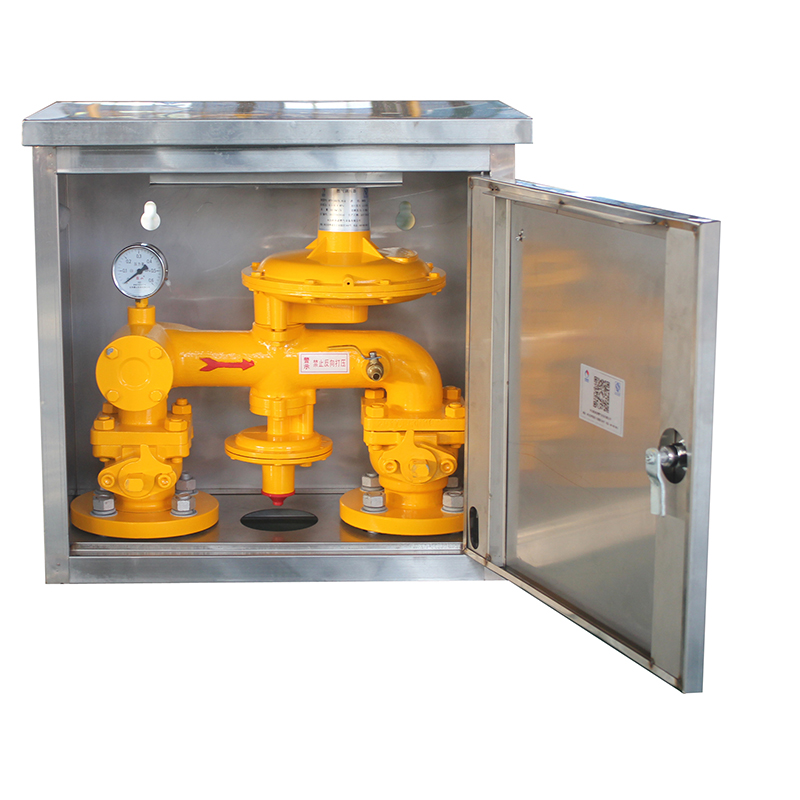
Dec . 13, 2024 01:37
Back to list
مخفض ضغط الغاز الطبيعي
Natural Gas Pressure Regulator Ensuring Safe and Efficient Gas Flow
Natural gas is a vital energy source that powers homes, industries, and vehicles worldwide. As the usage of natural gas continues to rise, so does the need for effective management of its flow and pressure. One of the key components in this management system is the natural gas pressure regulator. This device plays a crucial role in ensuring that natural gas is safely and efficiently delivered to consumers at the correct pressure levels.
Understanding the Function of Natural Gas Pressure Regulators
A natural gas pressure regulator is a mechanical device designed to control the pressure of natural gas flowing from a supply line to various applications. Typically, natural gas is delivered to consumers at a high pressure that exceeds what individual appliances can handle. The regulator's primary function is to reduce this high pressure to a safe and usable level before it enters the home or business.
The operation of a pressure regulator is relatively straightforward. It uses a diaphragm that responds to the pressure of the gas flowing through it. When the incoming pressure exceeds the desired level, the diaphragm moves in a way that closes the valve, thereby reducing the flow of gas until the pressure is stabilized. Conversely, if the pressure drops too low, the diaphragm opens the valve to allow more gas to flow, maintaining a consistent output pressure.
Importance of Safety and Efficiency
Safety is paramount when it comes to handling natural gas. Improper pressure levels can lead to dangerous situations, including gas leaks and explosions. Regulators are designed with safety features to prevent excessive pressure build-up. Many modern natural gas systems include relief valves and blow-off systems that activate in case of pressure anomalies, thus ensuring that the system can handle unexpected changes in pressure.
.
Types of Natural Gas Pressure Regulators
مخفض ضغط الغاز الطبيعي

There are several types of natural gas pressure regulators, each suited for different applications. The most common types include
1. First Stage Regulators These regulators are used in high-pressure systems to reduce the pressure before it enters the distribution network. They are typically found in natural gas processing plants and large industrial systems.
2. Second Stage Regulators After the first stage regulates the pressure, second stage regulators step it down further to a lower, more usable level suitable for consumer-level appliances.
3. Line Pressure Regulators These are used in natural gas distribution systems to maintain a consistent pressure throughout the pipeline network, ensuring all users receive gas at the desired pressure.
4. Back Pressure Regulators These devices are used to maintain a set pressure upstream of the regulator, allowing for better control of gas flow in various applications.
Maintenance and Inspection
Routine maintenance and inspection of natural gas pressure regulators are essential for ensuring their effective operation. Over time, components may wear out or become clogged, leading to reduced performance or failures. Regular checks can identify potential issues before they escalate into serious problems. Operators should always follow manufacturer guidelines for maintenance schedules and procedures, as this not only prolongs the life of the regulator but also enhances overall safety.
Conclusion
In summary, natural gas pressure regulators are critical components in the natural gas supply chain. They ensure that gas is delivered safely and efficiently to consumers by managing pressure levels effectively. With the growing reliance on natural gas as an energy source, the importance of these regulators cannot be overstated. Their role in maintaining safety, efficiency, and performance in natural gas systems is vital for both residential and industrial applications. As technologies advance and new safety standards are established, the design and functionality of natural gas pressure regulators will continue to evolve, further enhancing their effectiveness in ensuring safe gas delivery.
Next:
Latest news
-
Safety Valve Spring-Loaded Design Overpressure ProtectionNewsJul.25,2025
-
Precision Voltage Regulator AC5 Accuracy Grade PerformanceNewsJul.25,2025
-
Natural Gas Pressure Regulating Skid Industrial Pipeline ApplicationsNewsJul.25,2025
-
Natural Gas Filter Stainless Steel Mesh Element DesignNewsJul.25,2025
-
Gas Pressure Regulator Valve Direct-Acting Spring-Loaded DesignNewsJul.25,2025
-
Decompression Equipment Multi-Stage Heat Exchange System DesignNewsJul.25,2025

